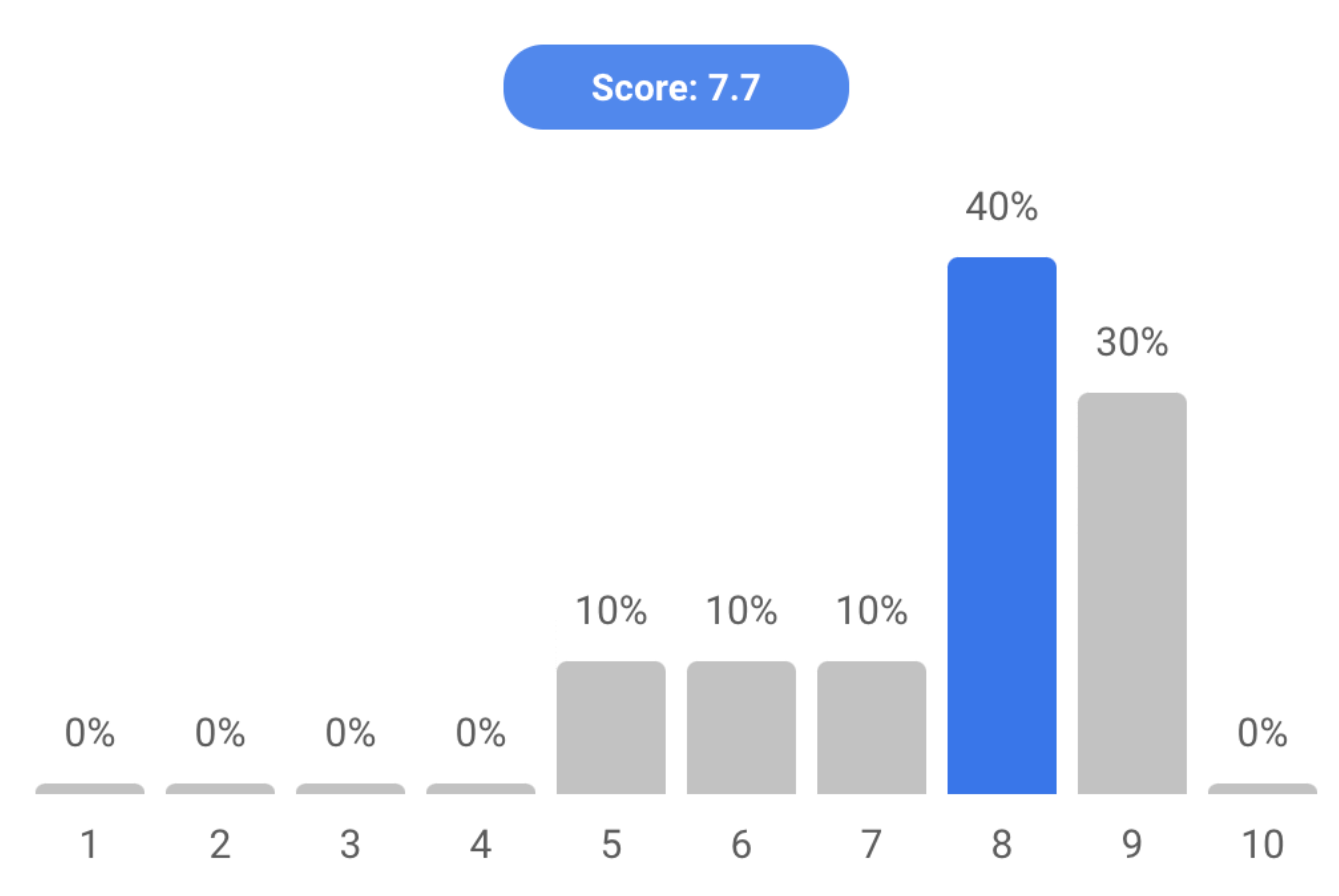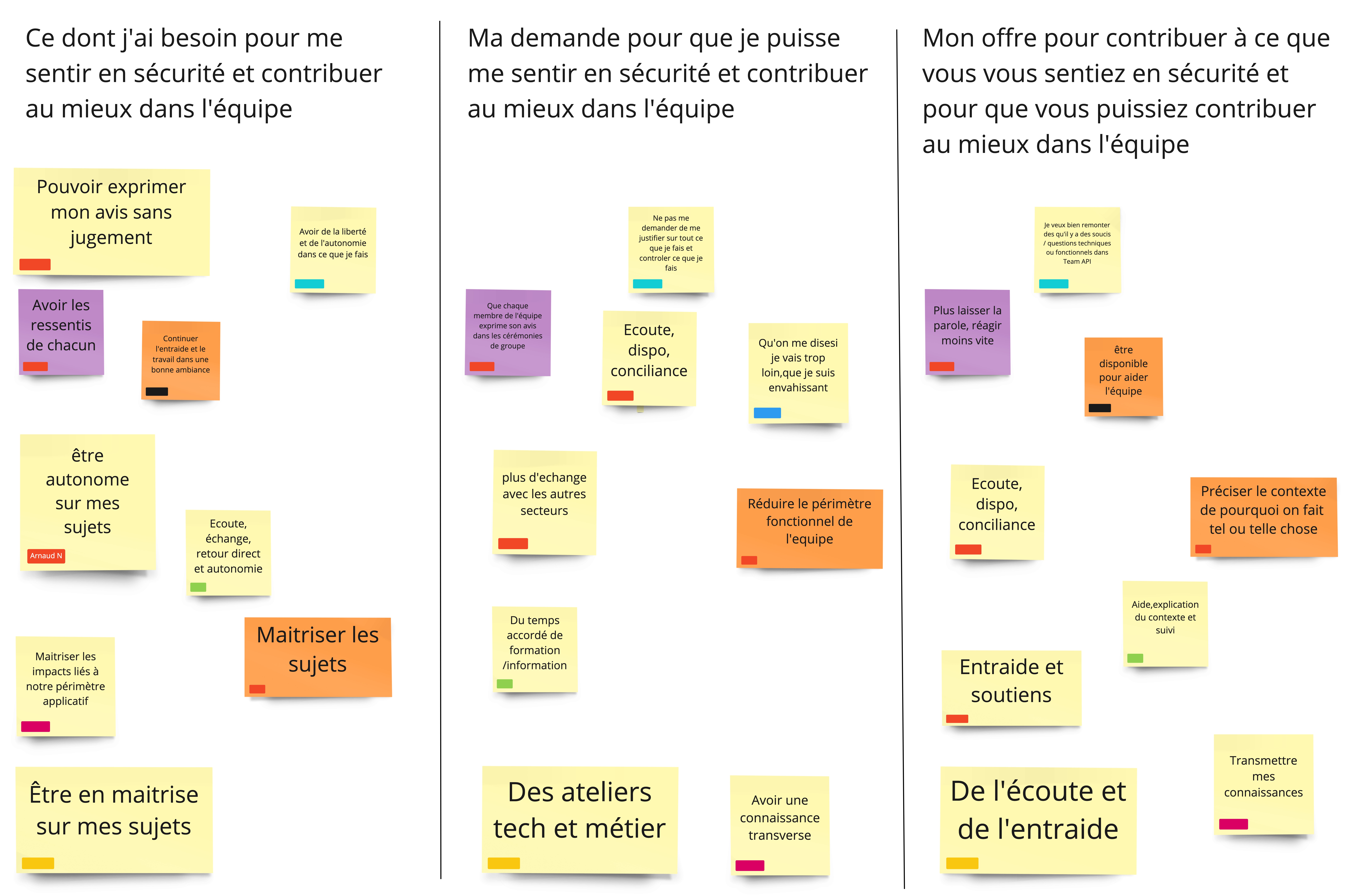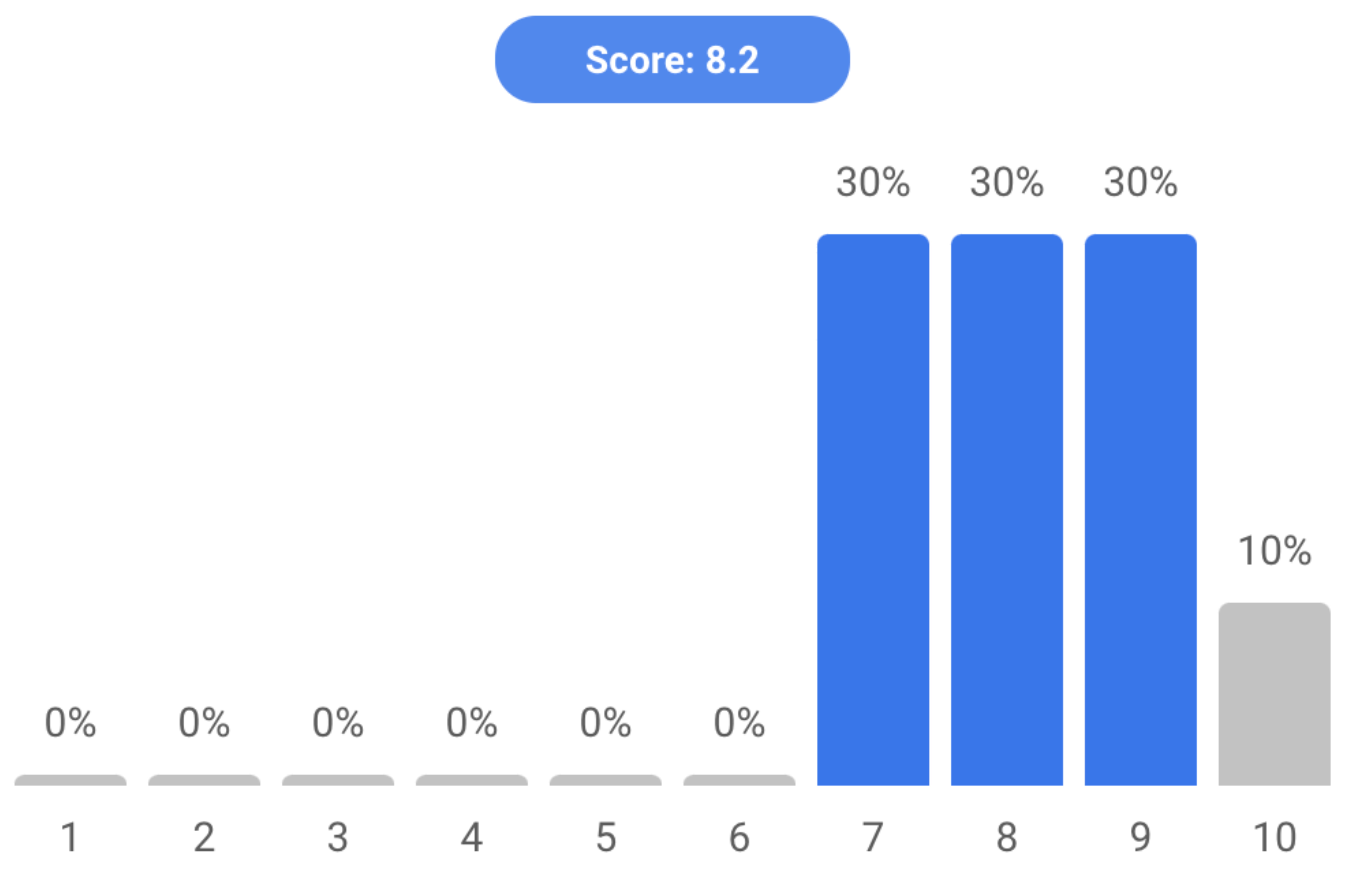
To allow a team to perform, an essential criterion that is well known today is the psychological safety. The problem behind this notion is that it is not particularly intuitive. The worst would perhaps be to believe that it is established by the injunction (a bit like the Responsibility).
However, a first step that seems relevant to me is to start talking about it. This allows in particular to create meaning together and D'to raise interest on this subject.
This is what I proposed to a team and that I share with you here.
Context

Despite the rather “generic” interest of the subject, I would like to put some context to this workshop proposal.
Indeed, the team that I accompany is an IT team composed of:
- 8 developers in external service,
- 1 external BA,
- 1 internal BA,
- and 1 internal PO.
After a few exchanges, I discovered that the communication is very fluid between the developers and the BAs. The external / internal dimension does not seem to have an influence here. However. the conversation with the OP seems more difficult because he can have a somewhat overwhelming aura at times.
I then distinguish the external / internal part here. The hypothesis could be that within the team a client/supplier relationship has been built. Indeed, developers or BA might not feel safe enough to express themselves freely in this configuration.
Design

First, let's start with the basics:
| Duration | Number of persons | Format |
|---|---|---|
| 1h30 | 10 | Distance |
From there, we can start building 🙂
Part 1: Definitions
To address a subject that is not always known, I think it is always useful to define what it means. At first, it will therefore be a small theoretical part that will allow the group to work on the material a little bit.
Part 2: Survey
Secondly, we will assess the level of psychological security of the team at this time t, with the level of understanding that it will have at this time. We can do it simply with tools like Sli.do that I discovered a few years ago.
Indeed, the interest of doing it on a tool other than the usual Visual support is to keep the information anonymous. We seek to analyze the data and the trend rather than pointing fingers at people. The exercise itself is a representation of the team's psychological safety.
Part 3: Alliance Contract
Finally, in a third step, it will be important to activate these data. I therefore propose to ask people to define their alliance contract which will be presented under 3 themes:
| 1 | what i have NEED to feel safe | The idea is to practice the expression of needs (and for some already, research!). We also touch here a certain expression of his vulnerability. |
| 2 | My ASKED to feel safe | The idea is to practice the expression of a asked, which may or may not be satisfied, but will have the merit of being explicit. |
| 3 | My OFFER to make you feel safe | The idea is to practice generosity towards the other, or even theempathy in consciousness. Indeed, this 3 rd theme has all the more meaning as it can be built on the 2 previous ones. This here looks like the mechanic I use in animating a Matrix Give and Take. |
Finally, we can close the session by inviting the participants to pay attention to this new characteristic of their team.
In summary
| 1. Introduction (5′) 2. Definitions (30′) 3. Alliance Contract (45′) 4. Fence (10′) |
Animation

Definition of psychological safety
After the introductory phase, I share a definition proposed by Amy C. Edmonson, author of the book The Fearless Organization » :
“Perceptions individuals on the consequences of interpersonal risks in their work environment.
It consists of beliefs considered established about how others will respond when someone goes put at risk : by asking a question, seeking feedback, reporting an error, or proposing a new idea. »
– Amy C. Edmonson (2014)
We exchange quickly in the group to ensure that the elements are well understood by all.
A question then arises from one of the participants:
But it's a bit like trust, isn't it? »
A participant 🙂
This deserved a little discussion on this subject! 🙂
Difference with Trust
THE Global Team Coaching Institute offers us a reading grid allowing us to clearly differentiate the 2 notions of psychological safety and trust. Here it is, below:
| Psychological Safety | Trust |
|---|---|
| Construction of band | Construction individual |
| Measure if it is ok to share concepts and make mistakes | Measure if you can rely on each other to do what he said he would do |
| Measured by team members – they “ know » if the environment is secure | Measured by a individual about another |
| Gives you, as a contributing member, the the benefit of the doubt | You give theother person the benefit of the doubt to do what needs to be done |
We can see here that psychological safety is indeed a group concept, although it can be studied individually. The important thing is to understand that the context is indeed that of a collective, whatever it may be.
I found this notion interesting where team members “know” if the environment is secure or not. Indeed, during informal exchanges with the team, it was easy to know the answer to this question! (If we think of asking it ;-P).
We therefore exchange a moment on this subject before getting down to the heart of our workshop.
Survey
Before launching the construction of the alliance contract, I propose to sound out the team on the current level of psychological safety of the team. I therefore invite each participant to position themselves on a scale from 0 (insecurity) to 10 (security).

I retrieve the results and display it to the full group:
We see here that the average score (7.7) is ultimately not so bad, However, it is the distribution that will interest us here. Indeed, the results vary from 5 to 9 which is still a significant difference.
In order not to put in difficulty the people who would have voted 5 and 6, I simply propose a reflection around the results as they are:
- Are the results consistent with your vision?
- Are you surprised with the result? From distribution?
- What perspective does this give you?
It's always interesting to see that from results like this, you can easily create conversations. Indeed, the figures in themselves do not mean anything, it is the creation of collective meaning which has value.
After a few exchanges, I propose to move on in order to confront the participants with the real substantive work.
Alliance
I then present the 3 themes to the group then give them about fifteen minutes to answer them.
I could also have chosen to do them one by one and to debrief each time. However, in my idea, the 3 themes were part of the same thought process: the first leading to the second which led to the third. I therefore preferred to give everyone the opportunity to reflect individually at greater length.
The results obtained are as follows:

As you can see, the themes have been slightly clarified. Indeed, I thought that adding the intent of this reflection could have significant value on directing feedback.
A bit like the old 3 questions of the Scrum Guide:
| Too often diverted into | While initially it was |
|---|---|
| What did I do yesterday? | What did I do yesterday for the team, in order to reach the sprint goal? |
| What am I going to do today? | What am I going to do today, for the team, in order to reach the sprint goal? |
| What are my obstacles? | What are the obstacles, of the team, who would prevent it from reaching the sprint goal? |
We can clearly see here that the addition of the intention drastically changes the question that people will answer! 😉
We debrief by topic rather than by person. It's a choice like any other, but the objective was to get an idea of the overall consistency.
The answers are many and varied. This is ok in the sense that everyone perceived the questions in a certain way and therefore answered according to this spectrum. It was however surprising, nevertheless interesting, to see that for certain people, knowledge helped with the feeling of security.
Digression
This also led me to digress for a moment by evoking the work of Daniel Pink, in his book " Drive " Or " The Truth About What Motivates Us“. Indeed, he explains that the mastery, the expertise that one can have on a subject is part of the 3 intrinsic motivators in addition to theAutonomy and some Purpose.
This then made me think about the link between these 3 motivators, not as independent entities but on the contrary as interacting components:
If I know where I want to go and why (Finality OK),
that I am given the space necessary to decide how I will go about it (Autonomy OK),
but I don't have the skills to do what I want to do (KO Mastery)
so i can feel insecure and to have trouble taking initiative or getting involved in my work.
– O.My Reflection
Covenant Guardians
After explaining all the post-its and discussing needs, expectations and offers, I proposed to 2 people to take on the role of Covenant Guardians.
These 2 guardians will have the mandate to intervene when the alliance contract is about to be violated. Indeed, they will be able to recall what has been defined together and will thus be able to help secure the environment for its members.
We therefore seek here activate the contract, To protect the team and to raise the level of safety psychology of the group.
It is interesting to see that the 2 people who volunteered are people with a high level of psychological safety! 😉
Conclusion

Psychological safety seems to me to be inevitable in the field of team support.
Even if like me, your knowledge of the subject is not very thorough, it can still be useful to approach the subject with the collectives that you accompany. Indeed, this theme gives rise to interesting conversations and helps the team to work on its mode of operation.
So don't be surprised if this leads to actions allowing everyone to develop your well-being in the collective. and consequently, his commitment and his motivation ! 😉
And to conclude, here is the survey carried out a few weeks later:

The figures are obviously to be taken with parsimony but the exchanges seemed to be going in the right direction! 😉







One Response
It's really good to address this subject, too often put aside or often underestimated. Well done 🙂